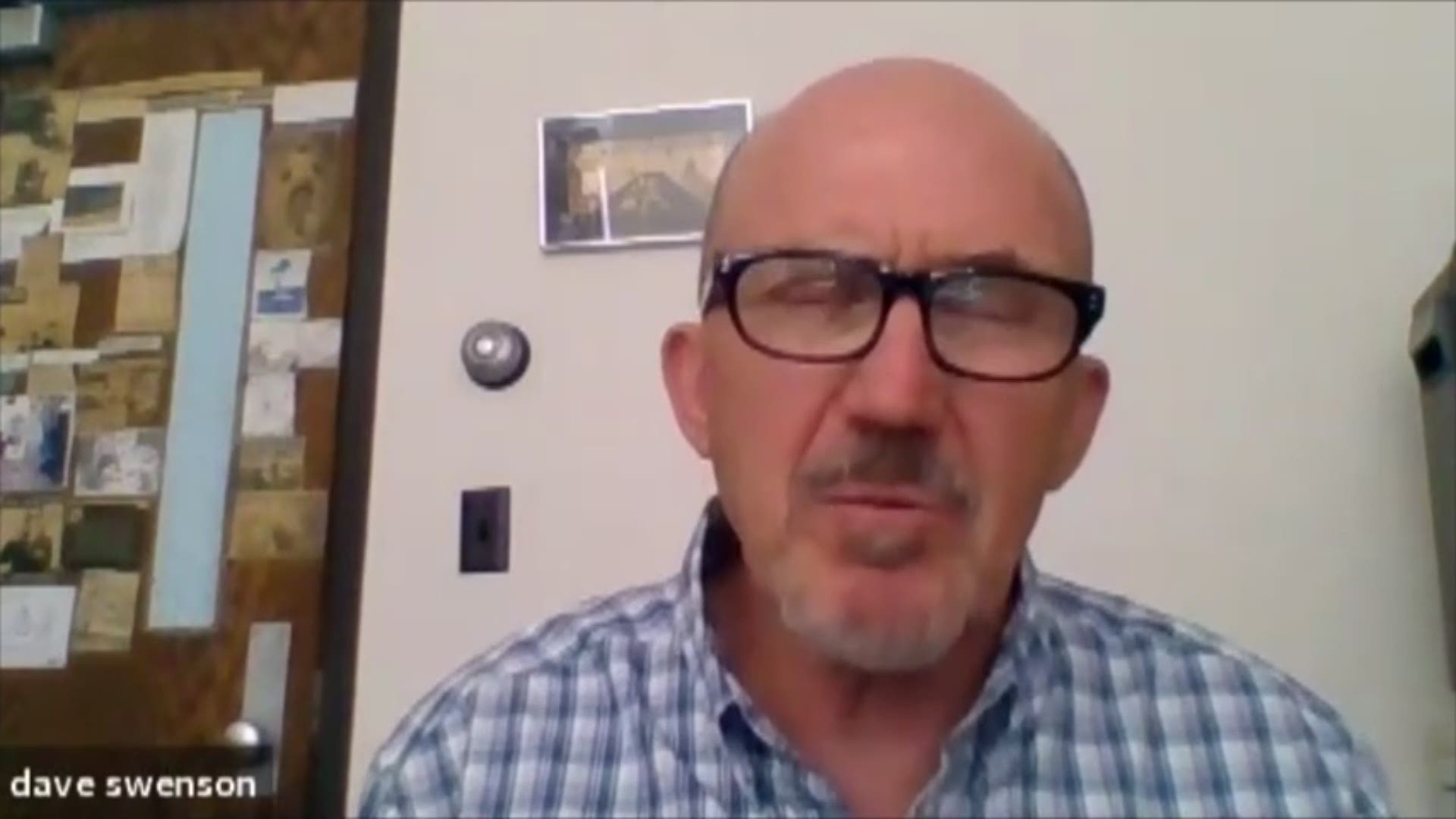AMES, Iowa — Iowa's unemployment rate is finding some relief, according to recent unemployment reports, however the state still has a way to go before it's fully recovered from the pandemic's impact.
Dave Swenson, an Iowa State University economist, sat down with Local 5 to discuss the current unemployment rate and how long it might take for the state to get back on track.
How does unemployment in Iowa now compare to how it was at the start of the pandemic?
Swenson said Iowa has made some decent ground in recovery, but there's still a long way to go before it gets back to pre-pandemic levels. Iowa gained about 27,500 jobs in the last month, Swenson said, however, Iowa is still down by almost 93,000 jobs.
"So, [we] got a lot of people in Iowa who are not working who were working six months ago, so the numbers aren't very good. But, it depends on the sector that you're in," Swenson said.
"If you're in retail for example, much of the retail jobs have been caught back, that's pretty good. Manufacturing has declined, some, but again not as much as, as we might have expected."
Swenson noted that hospitality and leisure jobs, like dining and entertainment, saw a huge loss. He said about 33,500 Iowans working in that category are still without jobs since February.
Another category of jobs lost is local government, according to Swenson. That counts schools, city and county governments.
Swenson said the state "looks a lot better than we did three months ago," since over half of the jobs lost between February and April are back.
"We still have to claw back another 90,000 jobs or more before we're back to where we were before the pandemic started."
How long will it take for Iowa to get those all of those jobs back?
2022. Swenson said it could take until 2022 before we are back to pre-pandemic unemployment numbers in the state.
"We've gone down sharply. We're going to recover some this year, and we're going to cover recover some next year, but the expectation from the forecasters, and I'm looking at the Congressional Budget Office's forecast, says that we do not make up all of our lost ground till sometime in early 2022," Swenson said.
Why does it take so long to recover?
"Well, you and I are the economy," Swenson explained, "you and I buy things, you and I consume things."
"We've hurt the economy so badly. We've reduced the amount of our collective capacities to consume, and when we can't consume people lose their job," Swenson said.
In short, closing down parts of the state has hurt unemployment rates because we've stopped our usual consuming habits.
"To build that capacity to consume and produce, it's a simultaneous process [that] takes time."
Swenson said Iowa, as well as the rest of the world, needs to be healthy before that can start.
"We're not insular, we have to have the rest of the United States, that's where we sell most of our manufactured goods, we have to have the rest of the world, that's maybe where we get some of our inputs and supplies," Swenson explained.
"All of those parts and pieces, and those relationships have to be healed, the workforce, before we can get back to full employment again."
You talked about sectors that have been losing the most, how much does that really impact the economy with their loss?
Swenson said that any sector not being employed or not operating how it was before creates "something of a drag."
Even if an unemployed person has unemployment benefits, they still have to reduce their spending, which can impact another sector.
"When you have fewer employees, whether it's in leisure and hospitality, whether it's in construction or whether it's in in government, you have some kind of economic activity not occurring," Swenson explained.
"One of the arguments right now, among economists, is how much, for example in terms of this recovery, do we need to invest in or provide assistance to governments? Because we're going to go off a fiscal cliff because of reduced state and local income and sales tax collections," Swenson said.
"We're going to have tremendous reductions in government unless we get the federal government providing assistance to offset, what would look like they're going to be impending layoffs."
What if there are tremendous reductions in government?
"If that does happen, you could look at losing anywhere from three to four million, nationwide, government employees," Swenson said.
"That's a tremendous amount of, again, consumption. And it'll delay the recovery for a longer period of time. Estimates are that failing to do that adequately during the Great Recession prolonged the recession by as much as three years."
WATCH: Complete coronavirus coverage on Local 5's YouTube page

